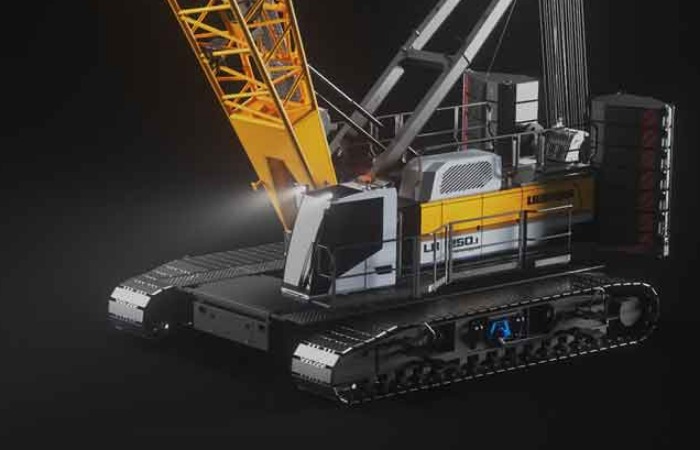
Inching towards $5 trn economy
Going with the theme of this edition SAfER, let us address a few feasibilities to which the equipment fraternity can contribute.
Sustainability and OEMs
As organisations are pledging more resources towards improving ESG footprints, they are keen to switch towards equipment with more focus on eco-friendly operation and maintenance.
A few areas where OEMs can contribute are:
Alternate fuels
Its time to bring in certain regulations as being done for other fuels.
Hydrogen fuel is also gaining momentum. A few models were launched at the recently concluded Bauma, Munich. Days are not far before this sweeps the industry. Meanwhile, the relevant bodies in India need to organise campaigns to promote awareness.
Battery-operated machines
Today, if one says that he has an electric car or scooter, we are not surprised. Widely accepted. Why not on construction equipment (CE)? The technology has undergone a sea change and is now penetrating the construction equipment segment.We do have a lot of electrically operated machines like tower cranes, boomers, drills, forklifts, compressors, etc. Thus, CE is not new to electrical operation. The intent to reduce dependence on fossil fuels is now redefining this ability. Battery-operated CEs have now started showing up here and there. As the features get refined, the pie is certain to increase. Some manufacturers have shown keen interest and introduced a few machines like pick-and-carry cranes, wheel loaders, trucks, tandem rollers, excavators, etc.
A few features that can be suggested to the electric equipment manufacturers are
Gas-operated vehicles
Another easy and good concept is gas-based equipment. The machines do not need to undergo major changes for working on gas. The process is totally reversible and hence it is imperative that we use gas wherever the logistics support us.A few city-based projects, particularly in Delhi and its surroundings are deploying more gas-operated construction vehicles. But, when it comes to construction machinery, it is again a great challenge due to logistics. A better logistics arrangement can help improve the deployment of more gas-based construction equipment. However, all the city-based projects must refrain from using diesel/petrol vehicles and must insist on only gas based.
Solar: Initially, construction projects were totally dependent on power from DG sets. Later, with an improvement in grid connections, electrical power started supporting construction projects. It is now time to see how to improve utilisation of solar power.
One megawatt solar plant will need about 4,400 sqm of area, and can be net-metered based on the regulations. A DG of 1 MW emits carbon of 1 MT for every eight hours of operation. One can easily imagine the environmental benefit of introducing solar plants for construction.
Green pellets: One of the areas where fossil fuel is consumed heavily is hot mix plants where diesel or furnace oil heats the bitumen as well as aggregates. This is a huge consumption.
One of the alternatives is gas based on plants. While gas has come to the rescue in some cities, thanks to regulators, the other locations are mostly greenfield, and hence getting a commercial gas connection for construction equipment is far from reality. We can think of using pellets at such locations for heating bitumen. Recent trials revealed a reduction of 200 MT of carbon for every 1 lakh tonnes of asphalt apart from cost savings.
To sum it up, infrastructure growth will play a significant role in achieving Indias target of being a 5 trillion economy by 2025. It is imperative to ensure sustainability during this journey. The theme of this edition, SAfER, is very apt and in line with the trend. The total ecosystem, which includes but is not limited to, the government authorities, developers, contractors, equipment manufacturers, and equipment service providers (rental agencies), has to be in sync to ensure that we provide the best-in-class infrastructure for our people with the best approach that is environmentally friendly, energy-efficient and sustainable.
ABOUT THE AUTHOR:
The article is authored by SP Rajan, who is Head “ Plant & Machinery at Larsen & Toubro.


 +91-22-24193000
+91-22-24193000 Subscriber@ASAPPinfoGlobal.com
Subscriber@ASAPPinfoGlobal.com